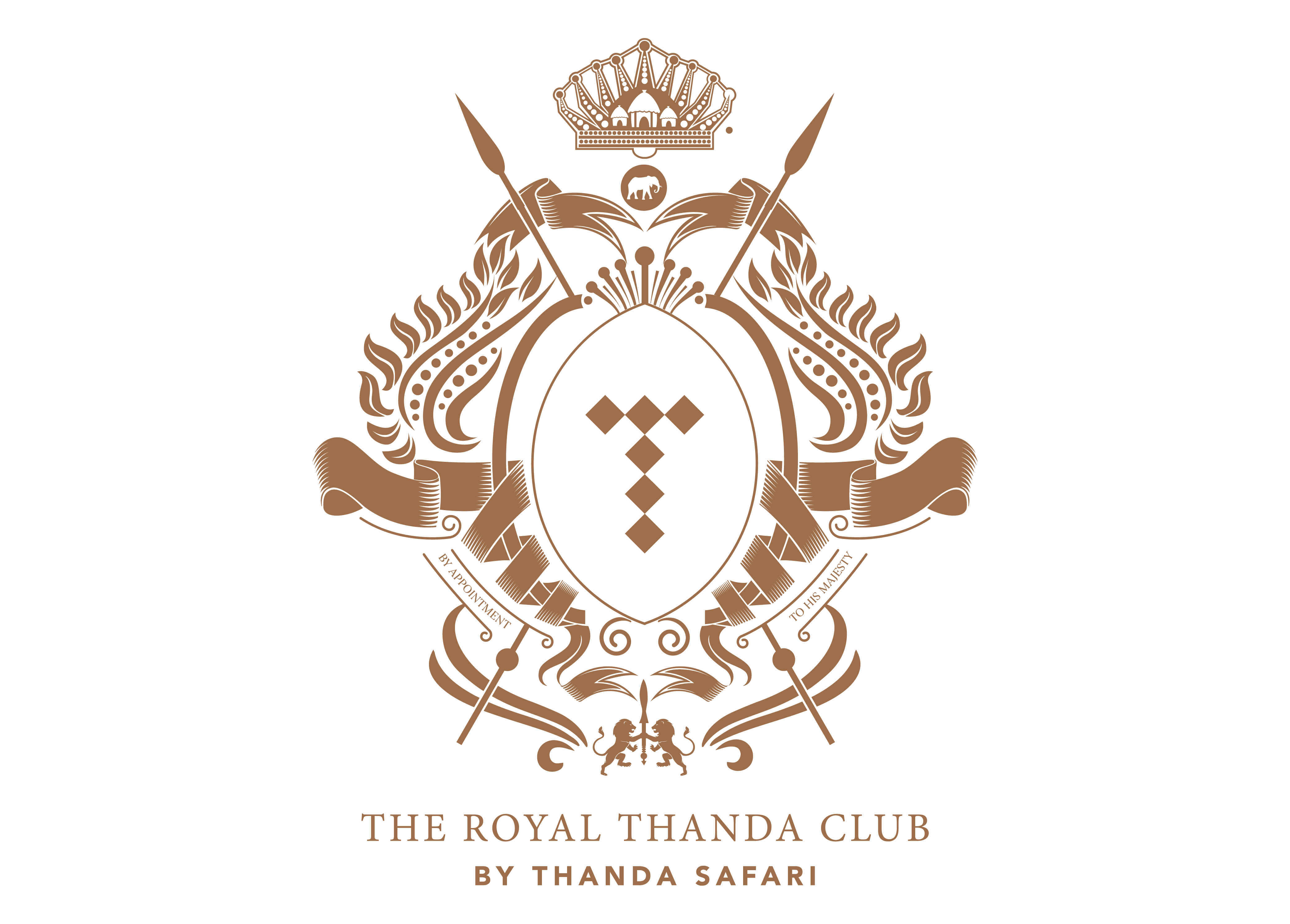Since tourism popularised the Big 5, everyone started making their own list of five special animals to see, or maybe rather keep looking for, in the bush. If there is a Big 5, there must be a Small 5, and a Shy 5, for the ones we will most likely not see, and even an Impossible 5, for those who really like challenges! At this rate, we are not very far from the Imaginary 5… Personally, I go for the Almost 5 because it is definitely the safest option!
And there is the Ugly 5, for those unfortunate animals that do not conform to modern society’s unrealistic beauty standards! So based on this one, here is another made-up top 5 of the bush: the Uggla 5. The pun is obvious for our Swedish friends, and indeed only Swedish people could come up with that. So don’t repeat it, but I confess, I stole it from Niclas and Myrtel… And for those who didn’t choose Swedish as their second language, uggla means owl. With them we only had two different species: we saw the Spotted Eagle-Owl (Fläckuv) and we heard the Western Barn Owl (Tornuggla). But it kept me thinking: do we actually have five different owls that we could be looking for on Thanda? And the answer is yes. We can also spot the Verreaux’s Eagle-Owl (Mjölkuv), the Marsh Owl (Kapuggla – a misnomer, maybe Swedish ornithologists should take some refresher geography courses!), and the Southern White-faced Owl (Sydlig Gråuggla)… and the Pearl-spotted Owlet (Pärlsparvuggla). So that’s actually six, but that’s OK, the three musketeers were four, so our Uggla 5 can be six, right? Or if you want to get technical, the Western Barn Owl is not considered as a true owl, being part of the family Tytonidae, while true or typical owls are from the family Strigidae. So, it’s a bit far-fetched, but we’re still good with five!
Looking for the screeching birds (remember your Latin: strigis) is always a nice thing to do after drink stop. From sunset to nautical dusk, there is still enough light to distinguish the silhouettes of trees against the dark blue sky, and it is rather easy to spot the silhouette of an owl sitting on a branch. The trick is to memorise all the tree silhouettes so whenever something changes from the normal pattern, you immediately spot it. Alternatively, a spotlight can also be useful.
Once you find one, the most striking feature will be the two big eyes fixedly staring at you. That stare looks so intense partly because the eyes don’t move at all, and that’s because they can’t move, at all. Owls actually don’t even have eyeballs, their eyes are shaped like tubes, firmly held in place by bones called sclerotic rings. We are built completely differently, with spherical eyes in eye sockets. Because they can’t move those eyes at all, they need to move their head instead, and that is something they can do! They can rotate their head about 270° in either direction (we can only do between 160°-180°). The stare is also intense because those eyes are big. They account for around 3% of the total body weight (while our eyes only account for 0.0003% of our body weight!). And they are stacked with rods, have a tapetum lucidum, have great binocular vision, so they can clearly see us at night, even when we reach astronomical dusk and start missing them as we drive by!
The other striking feature is that, if you see them fly, well, you can only see them fly. You can’t hear them fly at all. However amazing their eyes are, owls actually use their ears to hunt (and they are also quite amazing), so it is critical for them not to be heard and not to have their own wings muffling the sound of their prey. They have different specialised feathers designed to reduce turbulences, reduce the noise of the flowing air, and absorb high-frequency sounds. So don’t close your eyes if you see an owl, or it could fly away passing just a few centimeters above your head, undetected.
Unfortunately for them, owls do not enjoy a good reputation amongst Zulu people. Being nocturnal animals, they appear hidden in a shroud of mystery and fear. They are considered as a bad omen, purveyors of bad evil, and are chased or killed if found near someone’s home. However, some will believe that they are just a messenger, warning you of a bad yet ineluctable evil that will eventually happen, so are not worth killing, giving them some respite.
So here we have our Uggla 5:
The Spotted Eagle-Owl, is by far the most common one and the best chance of admiring one of those beautiful and intriguing birds.
The Verreaux’s Eagle-Owl is the largest one to find here, with its distinctive pink eyelids.
The Marsh Owl, with its discrete croaking call and dark eyes.
The Southern White-faced Owl is a small species with beautiful orange eyes.
The Pearl-spotted Owlet, a rare sight here, but one of the few owls that can be seen during the day.
The Western-barn Owl, with its unique screeching call, heard through the darkness.
One is missing from this list though: the African Scops Owl, a tiny owl rarely seen but often heard at night with its loud, single, high, and repetitive purring call. A familiar sound of the bushveld that I have yet to hear here on Thanda, but it might happen one day. Then the Uggla 5 will have to become the Uggla 6, with six owls that are actually seven!
Story by: Vincent Hindson
The UGGLA 5
03/10/2022
Thanda Team





